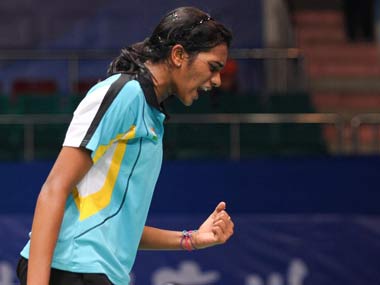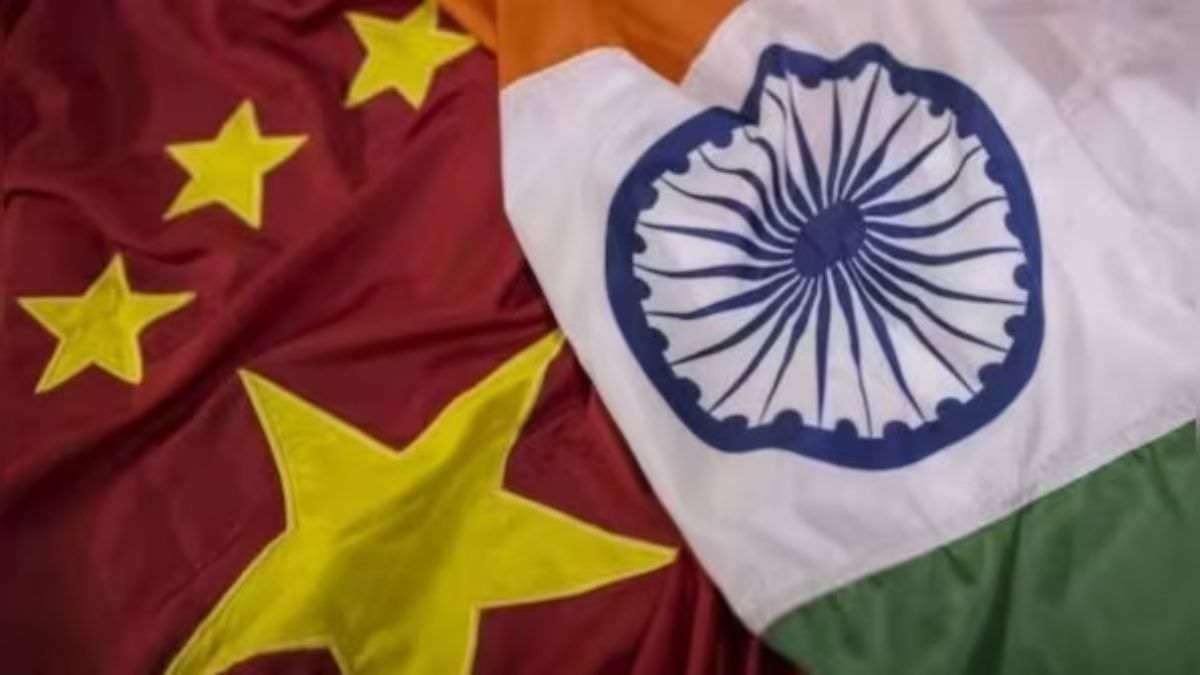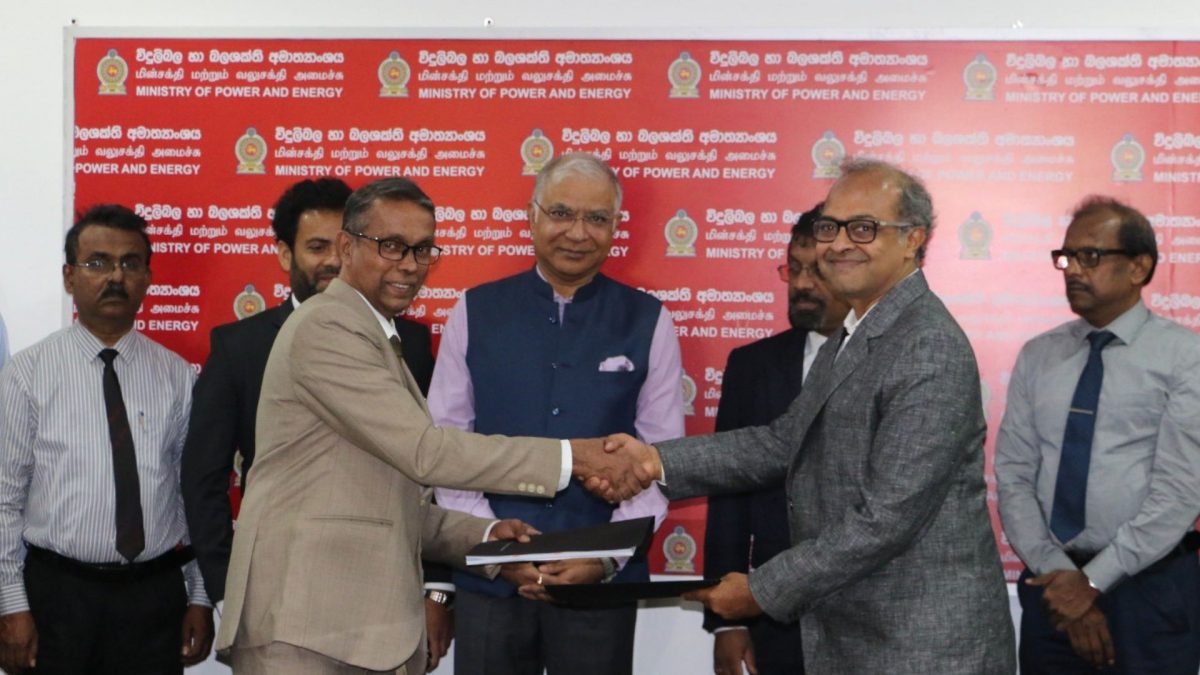PV Sindhu has just catapulted herself from the wilderness into the spotlight. Her brilliant giant-killing run at the World Championships already has people talking, tweeting, facebooking and generally going nuts on TV as well.
And almost everyone wants the answer to one question: Is she better than Saina?
To cut a long story short, for the answer to that question we need to go back to the India Super Series in April this year. The centre of attraction at the pre-tournament press conference was understandably the top seed Saina Nehwal. While everyone was crowding the London Olympic bronze medallist, chief national coach Pullela Gopichand was happy standing in one corner and chatting about his other prodigy – PV Sindhu – with a handful of journalists eager to know when we can see the lanky youngster show the results that will justify her potential.
To their disappointment, Gopichand asked them to give Sindhu another two years as she was still growing and will need that much time to mature.
Many felt that the former All England champion was just trying to play down the hype surrounding the Asian Junior champion and didn’t really mean it.
But those who have known Gopichand over the years will know that the chief national coach doesn’t really make statements without weighing the pros and cons of his words.
What Gopichand actually meant was that Sindhu was just about 18 and was still growing physically and emotionally and will take some time to understand herself and her game better.
There is no doubt about the talent that Sindhu possesses and since that chat, the Asian junior champion has won the Malaysian Grand Prix gold, reached the semifinals of a Super Series event and this week upset the applecart of defending world champion Yihan Wang and another Chinese star Shixian Wang to become first Indian women’s singles player to win a medal in the BWF World Badminton Championship in her maiden appearance in the prestigious tournament.
But the period has also corresponded with quite a few injury worries and she had to miss the entire Asian circuit in May and June due to it.
In fact in the last one year, Sindhu has been laid low by knee injury a couple of times as her lanky frame puts quite a bit of pressure on her knees and the support staff at the Gopichand Badminton Academy is working very hard to help her bulk up a bit without losing any of her agility.
This is precisely why Gopichand has been very careful with the number of tournaments Sindhu plays in a year. Last year following some knee trouble at the senior nationals in October, the chief coach pulled her out of the world junior championship despite the Indian being a runaway favourite to win the title. Most players will play with a niggle or two but Gopichand has been quick to draw the line with Sindhu – he realises that this is a crucial phase in Sindhu’s growth as a badminton player and injuries cannot be allowed to derail the process.
But in China, the youngster proved that when she is completely fit and has trained hard she has the ability to match the best in the world in speed and agility and she is only going to get better thanks to the efforts she is putting during training every day.
Yes, she was outplayed in the semifinal by another youngster Ratchanok Intanon of Thailand but she did well in reaching the last four. The real challenge for her will be dealing with the expectations – the entire nation would expect her to win every tournament she participates in.
It is precisely why Gopichand was not willing to talk about a possible gold even after Sindhu had beaten the two Chinese stars to reach the World Championship semifinal and even tried to protect her from all the hype surrounding her victories by cutting down her communication from the outside world.
To her benefit, Sindhu comes from a family which has seen the ups and downs of professional sport with both her parents being international volleyball players (her dad was even the captain). Also Gopichand is well aware of the growing pressure on the youngster and would have also started devising a strategy to use it to make her mentally stronger.
But this is not an overnight process and just like the coach and the player we will also have to be patient as Sindhu’s results may oscillate between exceptional and not so impressive and should be looked at just as a development process for the youngster. Indeed, at this point – it should not be Saina or Sindhu. Rather, it should be Saina and Sindhu. Together, they are doing India proud and together, they can push each other to get even better.
One thing is sure. Sindhu has the potential to become the best in the world. And if we follow the timeline Gopichand has set for the 18-year-old, then this is just a beginning.
Today, let us just celebrate the achievement of Sindhu and wish her all the best for the future.


)




)
)
)
)
)
)
)
)